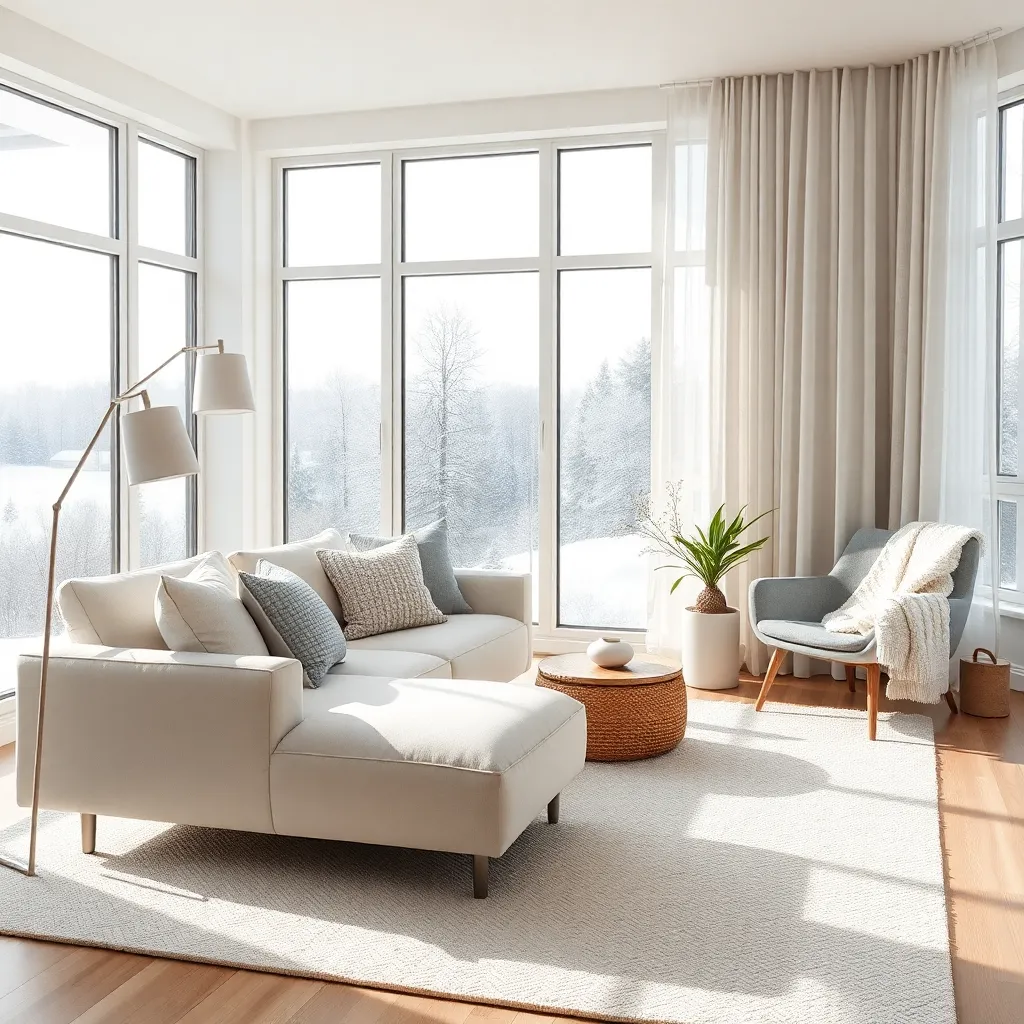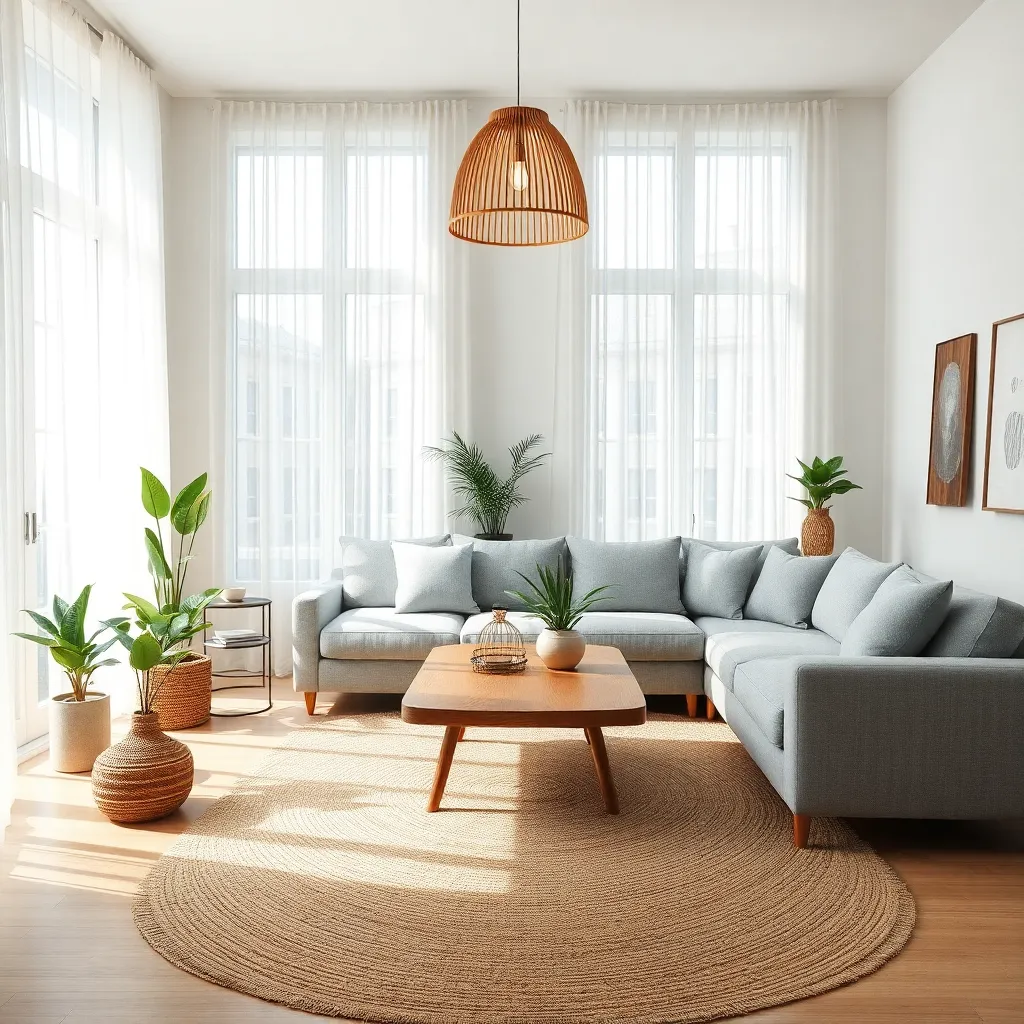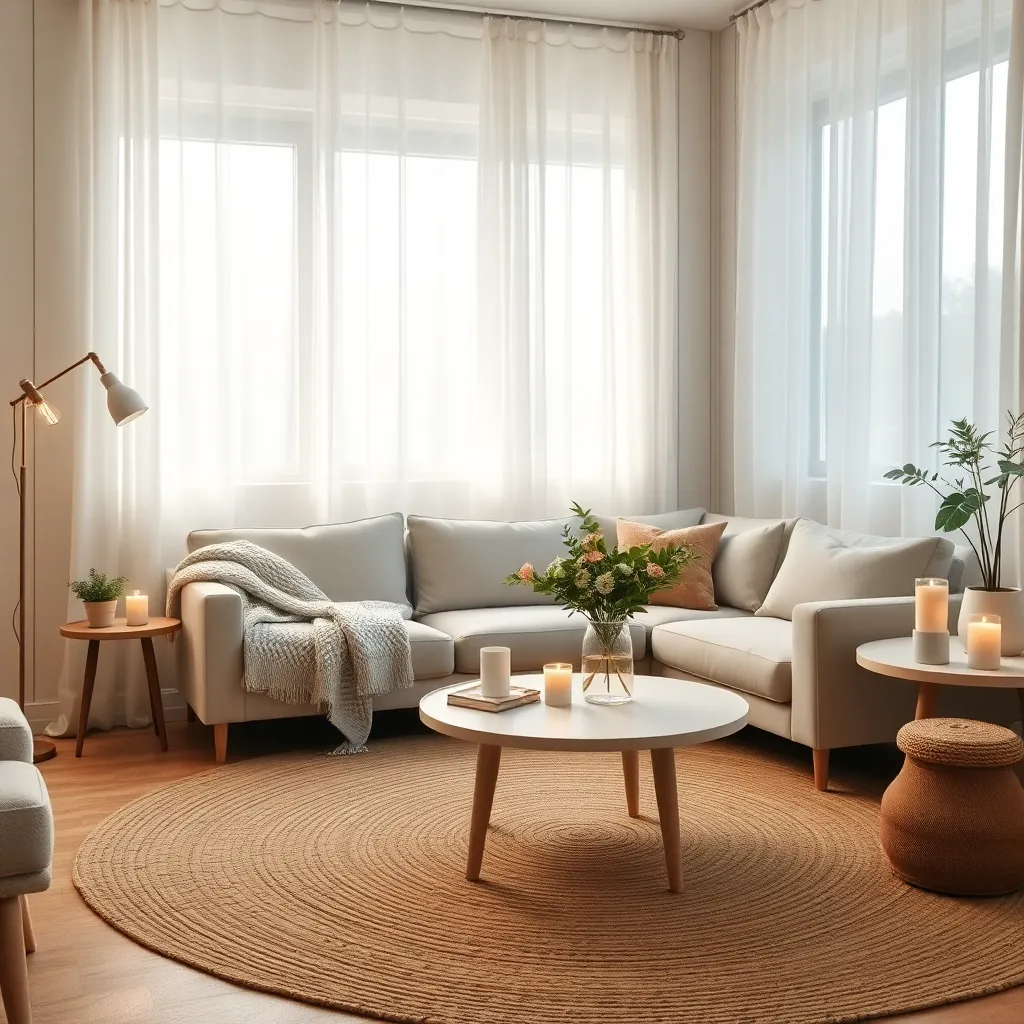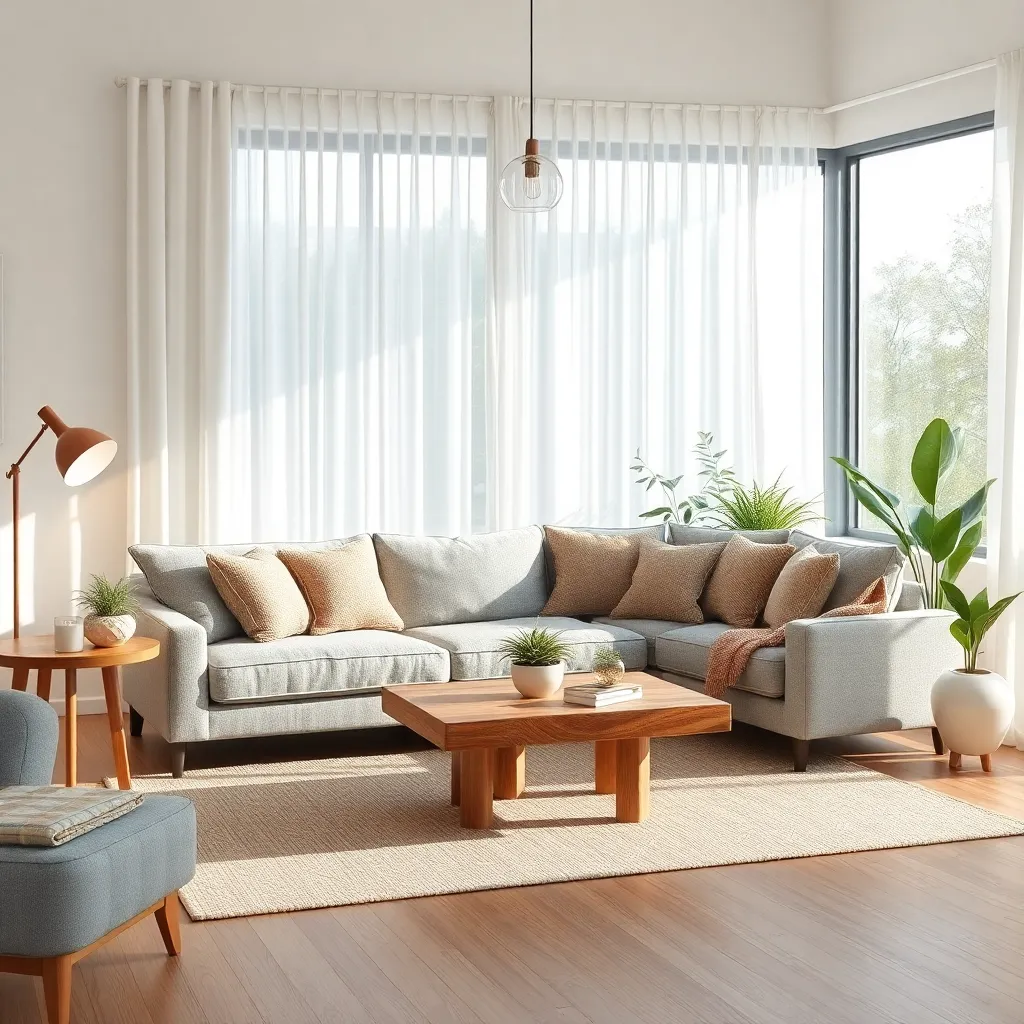When it comes to crafting a home that feels both inviting and effortlessly stylish, lighting plays a pivotal role, and Scandinavian design offers a masterclass in how to get it right. Whether you’re just starting your journey in home decor or are a seasoned design enthusiast, understanding the nuances of Scandinavian lighting can transform your spaces into serene sanctuaries. This article will guide you through the essential principles of Scandinavian lighting, renowned for its minimalist elegance and functional beauty.
Scandinavian lighting isn’t just about illuminating a room—it’s about creating an atmosphere that embraces warmth and simplicity. As you delve into these pages, you’ll discover how to layer different light sources for depth, choose fixtures that marry form and function, and incorporate natural light to enhance your living spaces. By exploring these techniques, both beginners and experienced decorators will find inspiration to infuse their homes with the soothing ambiance characteristic of Nordic interiors.
In the world of interior design, the right lighting can elevate a room from ordinary to extraordinary. We’ll explore how to select the perfect pendant lights, floor lamps, and wall sconces that embody the clean lines and understated elegance that Scandinavian design is celebrated for. With practical tips and expert insights, this guide aims to empower you to create a home that not only looks beautiful but also feels like a true reflection of your personal style.
Understanding Scandinavian Lighting Principles

Scandinavian lighting emphasizes the importance of natural light as a primary source of illumination. To maximize sunlight, consider using sheer curtains in light colors, which allow light to filter through while maintaining privacy.
Incorporating mirrors can further enhance natural light by reflecting it throughout the room. Place a large mirror opposite a window or next to a light source to create a sense of space and brightness.
Layering light is crucial in Scandinavian design, combining ambient, task, and accent lighting to create a balanced atmosphere. Select fixtures with simple lines and natural materials, such as wood or metal, to maintain the minimalist aesthetic.
For ambient lighting, choose ceiling or pendant lights that provide overall illumination without overwhelming the space. In the evening, add warm, cozy lighting with adjustable floor or table lamps to create a welcoming environment.
When selecting bulbs, opt for those with a warm white color temperature, ideally around 2700K, to mimic the soft glow of natural sunlight. LEDs are an excellent choice for their energy efficiency and longevity, making them both eco-friendly and cost-effective.
To add a touch of creativity, incorporate statement lighting pieces that serve as both functional and decorative elements. Consider a sculptural floor lamp or a unique pendant light to add visual interest while staying true to the Scandinavian aesthetic.
Choosing Natural Materials for Fixtures

When it comes to choosing natural materials for fixtures in Scandinavian lighting, consider starting with wood. Opt for light-toned woods like ash or birch, which can help maintain the airy and minimalistic feel typical of Scandinavian interiors.
Incorporating stone can add a touch of earthy elegance to your lighting fixtures. Select stone bases or accents that have subtle, natural textures, ensuring they complement the soft, warm glow of your light sources.
Ceramic is another excellent option for achieving a Scandinavian look. Choose ceramics in muted tones such as whites, grays, or pastel blues to create a cohesive and calming atmosphere.
For advanced decorators, consider mixing natural materials to add depth and interest to your lighting design. A lamp with a wooden base and a ceramic or stone shade can create a balanced, harmonious look that aligns with the principles of Scandinavian design.
Incorporating Minimalist Design Elements

To incorporate minimalist design elements in your Scandinavian lighting scheme, start by embracing simplicity with clean lines and uncluttered spaces. Choose lighting fixtures with sleek, linear designs that offer functionality without unnecessary embellishments.
Consider the use of neutral color palettes to complement the minimalist aesthetic. Shades like white, beige, and soft gray work well as they create a serene environment and allow the lighting to stand out.
For furniture selection, opt for pieces that are both practical and stylish, like a simple wooden table or a streamlined sofa. Placement of these items should emphasize open space, enabling light to flow freely and illuminate the room effectively.
Advanced decorators might explore layering lighting sources to add depth without clutter. Incorporate floor lamps, pendant lights, and wall sconces strategically to create visual interest without overwhelming the space.
- Tip: Use dimmable lights to adjust the ambiance according to the occasion or time of day.
- Tip: Opt for energy-efficient bulbs to maintain the minimalist ethos of sustainability and simplicity.
Optimizing Light for Cozy Ambiance

To create a cozy ambiance in a Scandinavian-inspired space, start by focusing on layering different sources of light. Utilize a combination of overhead fixtures, floor lamps, and table lamps to ensure every corner is well-lit while allowing for mood flexibility.
Choose lighting fixtures made from natural materials like wood, metal, or linen to stay true to Scandinavian aesthetics. These materials not only add texture but also blend seamlessly with neutral color schemes often found in Nordic interiors.
For beginners, a simple way to enhance ambiance is to incorporate dimmable lights, which allow you to adjust the brightness according to the time of day or your activity. This flexibility helps in creating a warm and inviting atmosphere without the need for constant adjustments.
Advanced decorators might consider using LED strip lights under shelving or inside cabinets to add subtle illumination that highlights architectural features. This technique not only emphasizes the clean lines typical of Scandinavian design but also offers a soft, indirect glow that enhances cozy vibes.
Layering Light for Functional Spaces

Layering light is a cornerstone of creating functional spaces in Scandinavian lighting design. Start by incorporating ambient lighting, such as ceiling fixtures or pendant lights, to provide a soft, overall illumination that sets the room’s tone.
Next, consider task lighting to focus on specific activities or areas. Floor lamps or adjustable desk lamps are perfect for reading nooks and workspaces, offering direct light where it’s needed most.
Accent lighting can add depth and highlight architectural features or artwork. Use spotlights or LED strip lights under cabinets to draw attention to your home’s unique elements while adding a touch of sophistication.
To achieve a harmonious look, choose lighting fixtures made from natural materials like wood or metal. These materials not only complement the minimalist aesthetic but also add texture and warmth to the room.
For a cohesive design, stick to a neutral color palette for lampshades and fixtures, such as whites, greys, and tans. This ensures that your lighting seamlessly integrates with other decor elements, maintaining the clean lines typical of Scandinavian interiors.
Advanced decorators might experiment with dimmable bulbs to adjust the mood and functionality of a space effortlessly. Dimmers allow you to transition from bright task lighting to a softer ambiance, all while maintaining control over the room’s atmosphere.
Conclusion: Growing Success with These Plants
In exploring the art of Scandinavian lighting and its impact on relationships, we delved into five pivotal concepts: the importance of creating a warm and inviting atmosphere, the power of natural light in enhancing mood, the role of intentional design in fostering connection, the significance of shared spaces in nurturing intimacy, and the subtle influence of lighting on communication. Each of these elements underscores how our environment can profoundly shape our relational dynamics.
As a tangible next step, perhaps tonight, consider adjusting the lighting in your shared spaces to create a more inviting ambiance. This simple act can spark deeper conversations and a more connected household.
Remember, nurturing a relationship is much like designing a room—attention to detail leads to harmony. Bookmark this article now to ensure these insights are readily available as you continue to illuminate your relationships with warmth and understanding. Looking ahead, embracing these concepts can pave the way for enduring relationship success, where love and connection thrive in every corner of your life. Let these principles inspire you to craft spaces that not only shine but also strengthen the bonds you cherish.
